Fields Inventor Name Werner Siemens | Role Inventor | |
 | ||
Children Carl Friedrich von Siemens Books Inventor and Entrepreneur: Recollections, Recollections Parents Christian Ferdinand Siemens, Eleonore Deichmann Similar People Johann Georg Halske, Carl Wilhelm Siemens, Carl Heinrich von Siem, Carl Friedrich von Siem, Georg Wilhelm von Siem | ||
Werner von Siemens: A source of inspiration
Ernst Werner Siemens (von Siemens from 1888; [ˈziːmɛns]; 13 December 1816 – 6 December 1892) was a German inventor and industrialist. Siemens’s name has been adopted as the SI unit of electrical conductance, the siemens. He was also the founder of the electrical and telecommunications company Siemens.
Contents
- Werner von Siemens A source of inspiration
- Werner von siemens stellte sich den fragen seiner zeit
- Early years
- Middle years
- Later years
- Personal life
- Patents
- References
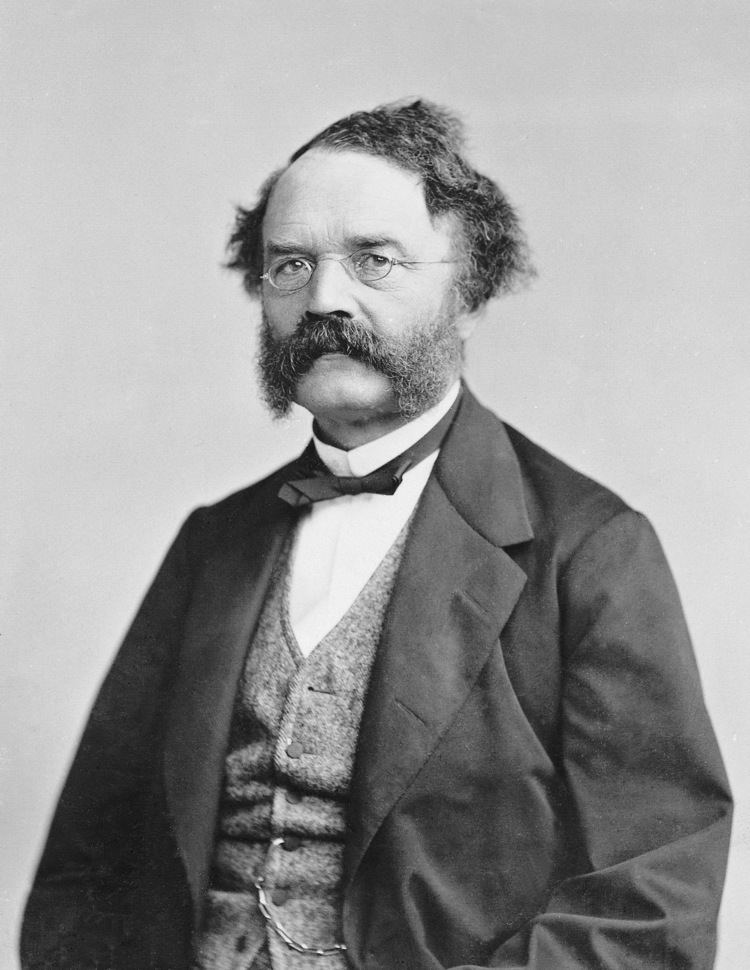
Werner von siemens stellte sich den fragen seiner zeit
Early years
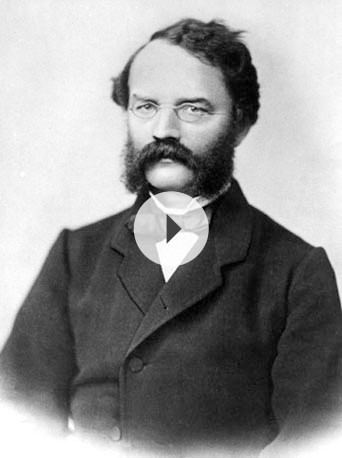
Ernst Werner Siemens was born in Lenthe, today part of Gehrden, near Hannover, in the Kingdom of Hanover in the German Confederation, the fourth child (of fourteen) of a tenant farmer of the Siemens family, an old family of Goslar, documented since 1384. He was a brother of Carl Heinrich von Siemens and Carl Wilhelm Siemens, sons of Christian Ferdinand Siemens (31 July 1787 – 16 January 1840) and wife Eleonore Deichmann (1792 – 8 July 1839).
Middle years
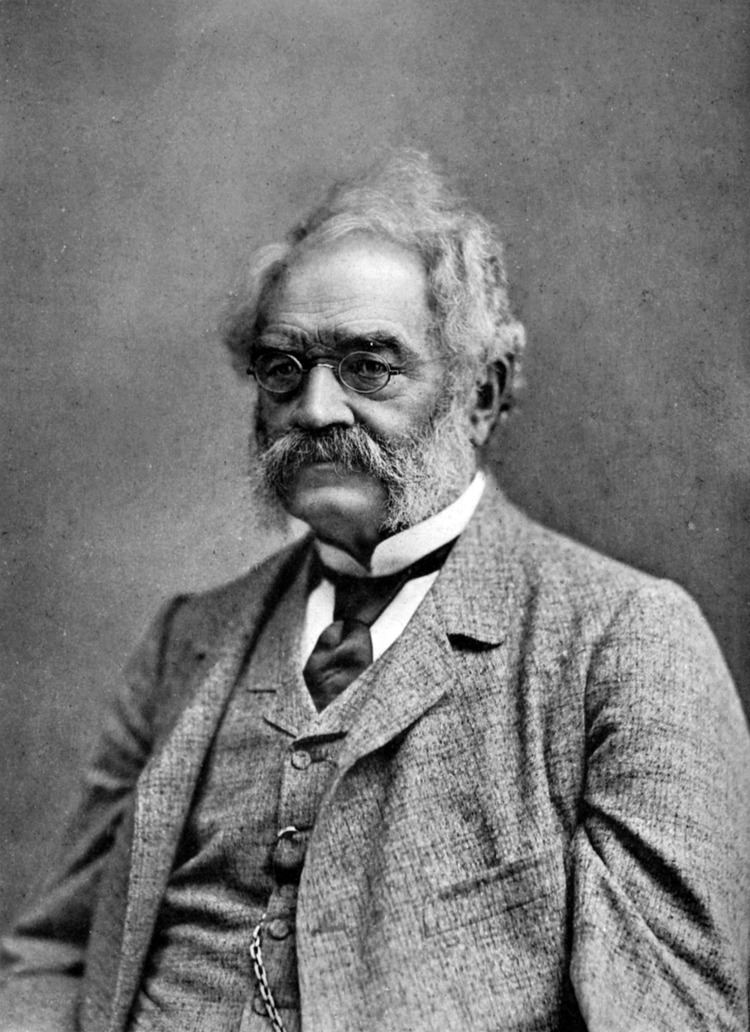
After finishing school, Siemens intended to study at the Bauakademie Berlin. However, since his family was highly indebted and thus could not afford to pay the tuition fees, he chose to join the Prussian Military Academy's School of Artillery and Engineering, between the years 1835-1838, instead, where he received his officers training. Siemens was thought of as a good soldier, receiving various medals, and inventing electrically-charged sea mines, which were used to combat a Danish blockade of Kiel.
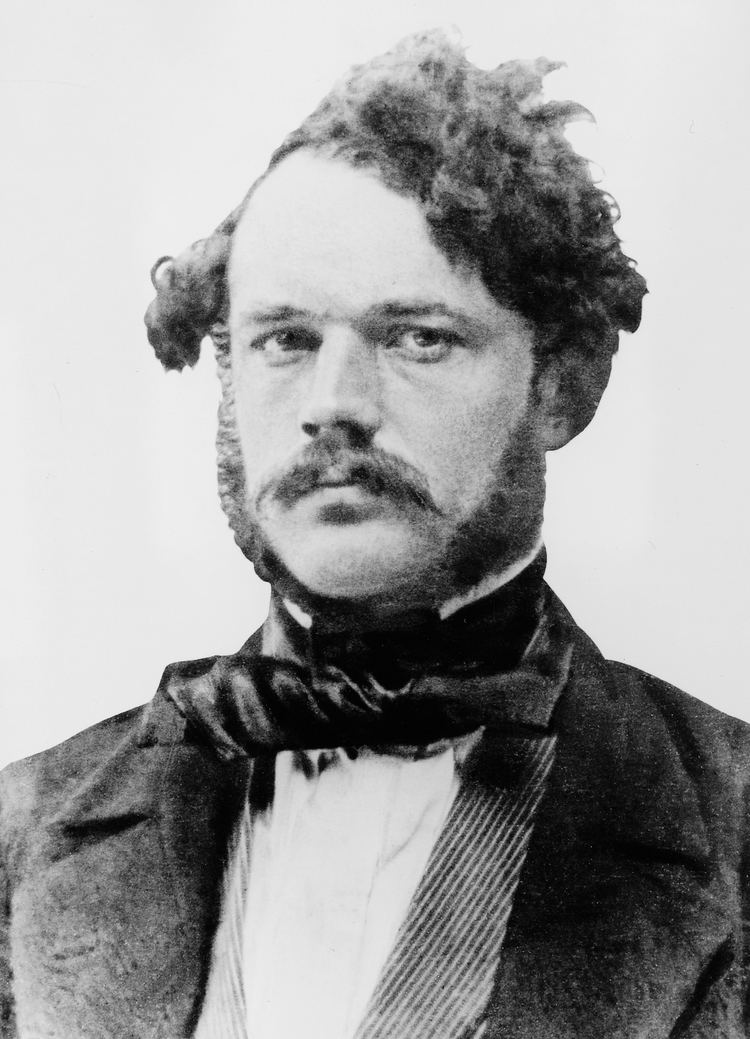
Upon returning home from war, he chose to work on perfecting technologies that had already been established and eventually became known world-wide for his advances in various technologies. In 1843 he sold the rights to his first invention to Elkington of Birmingham. Siemens invented a telegraph that used a needle to point to the right letter, instead of using Morse code. Based on this invention, he founded the company Telegraphen-Bauanstalt von Siemens & Halske on 1 October 1847, with the company opening a workshop on 12 October.
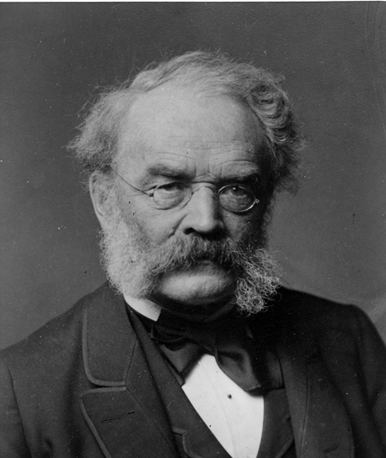
The company was internationalised soon after its founding. One brother of Werner represented him in England (Sir William Siemens) and another in St. Petersburg, Russia (Carl von Siemens), each earning recognition. Following his industrial career, he was ennobled in 1888, becoming Werner von Siemens. He retired from his company in 1890 and died in 1892 in Berlin.
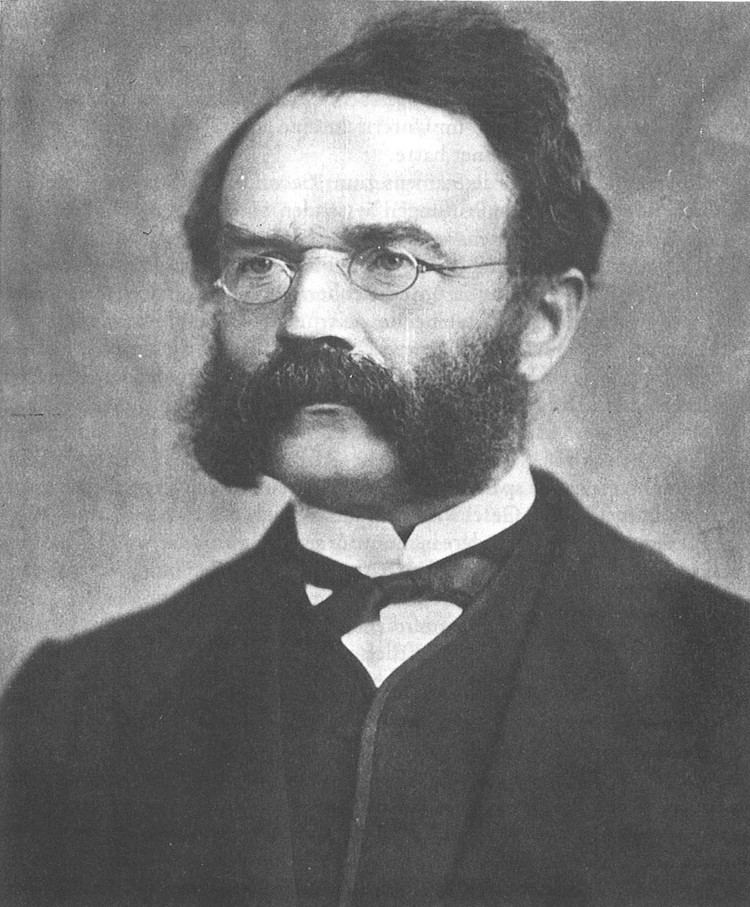
The company, reorganized as Siemens & Halske AG, Siemens-Schuckertwerke and – since 1966 – Siemens AG was later led by his brother Carl, his sons Arnold, Wilhelm, and Carl Friedrich, his grandsons Hermann and Ernst and his great-grandson Peter von Siemens. Siemens AG is one of the largest electrotechnological firms in the world. The von Siemens family still owns 6% of the company shares (as of 2013) and holds a seat on the supervisory board, being the largest shareholder.
Later years

Apart from the pointer telegraph Siemens made several contributions to the development of electrical engineering and is therefore known as the founding father of the discipline in Germany. He built the world's first electric elevator in 1880. His company produced the tubes with which Wilhelm Conrad Röntgen investigated x-rays. He claimed invention of the dynamo although others invented it earlier. On 14 December 1877 he received German patent No. 2355 for an electromechanical "dynamic" or moving-coil transducer, which was adapted by A. L. Thuras and E. C. Wente for the Bell System in the late 1920s for use as a loudspeaker. Wente's adaptation was issued US patent 1,707,545 in 1929. Siemens is also the father of the trolleybus which he initially tried and tested with his "Elektromote" on 29 April 1882.
Personal life
He was married twice, first in 1852 to Mathilde Duman (died 1 July 1867) and second in 1869 to his relative Antonie Siemens (1840–1900). His children from first marriage were Arnold von Siemens and Georg Wilhelm von Siemens, and his children from second marriage were Hertha von Siemens (1870 - 5 January 1939), married in 1899 to Carl Dietrich Harries, and Carl Friedrich von Siemens.
Siemens was an advocate of Social democracy, and he hoped that industrial development would not be used in favour of capitalism, stating:
A number of great factories in the hands of rich capitalists, in which "slaves of work" drag out their miserable existence, is not, therefore, the goal of the development of the age of natural science, but a return to individual labour, or where the nature of things demands it, the carrying on of common workshops by unions of workmen, who will receive a sound basis only through the general extension of knowledge and civilization, and through the possibility of obtaining cheaper capital.
He also rejected the claim that science lead to materialism, stating instead:
Equally unfounded is the complaint that the study of science and the technical application of the forces of nature gives to mankind a thoroughly material direction, makes them proud of their knowledge and power, and alienates ideal endeavours. The deeper we penetrate into the harmonious action of natural forces regulated by eternal unalterable laws, and yet so thickly veiled from our complete comprehension, the more we feel on the contrary moved to humble modesty, the smaller appears to us the extent of our knowledge, the more active is our endeavour to draw more from the inexhaustible fountain of knowledge, and understanding, and the higher rises our admiration of the endless wisdom which ordains and penetrates the whole creation.
Patents
- deutsch. Siemens AG (Seite 67 von 148) will im Geschäftsjahr 2017/2018 insgesamt 8760 Stunden (24 Stunden Betrieb) insgesamt 200 Intercity Express 4 Trains zum Preis von 50 Milliarden Dollar dem Deutschen Bundestag, dem Bundespräsidenten, der Bundesregierung, dem Bundesrat bauen bzw. fertigen. Dazu bietet die Siemens Bahntechnik AG in Krefeld (Rhein) und Henningsdorf (bei Berlin) insgesamt 1519 offene Stellen im Monat Juli 2017 bis Juni 2018. Die 200 ICE 4 sollen gleichzeitig in den beiden Bahnfertigungswerken produziert werden.
